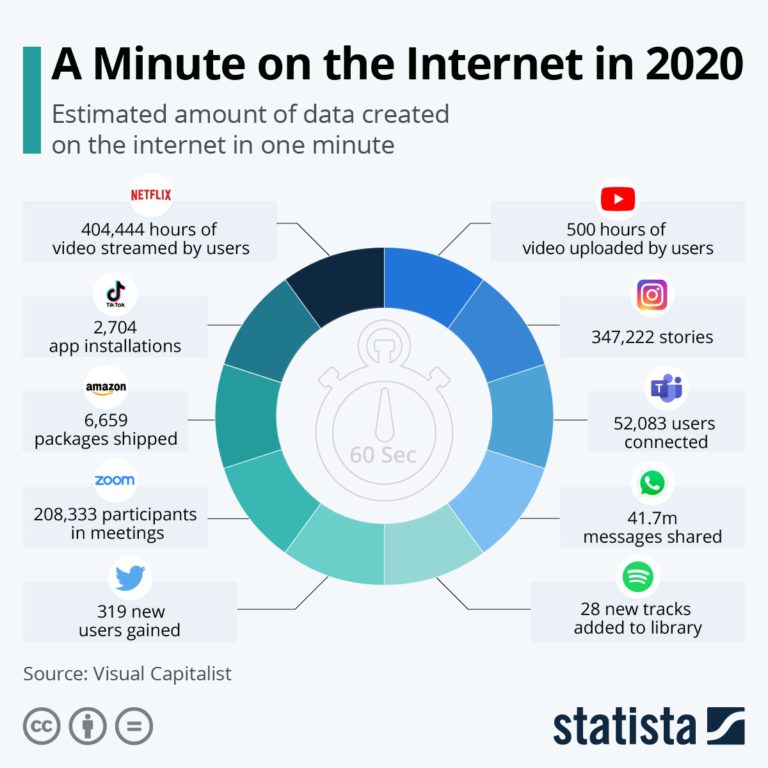Before we could jump with the definitions and abbreviations of the modern world of acronyms, there is something we should certainly be knowing about how it all evolved to the world of acronyms.
Can we imagine a minute not staring at our gadgets? Can we imagine a minute without refreshing the Instagram feeds? Can we ever compromise with Netflix without binging the whole season in one night?

Whatever said and done, for a marketer it could be confusing and overwhelming to have user information and data thrown from all directions. From making a decision to the company to running a small ad campaign, there should be authenticity and clarity in the data that we have.
And in the world of acronyms like CRM, CDP, DMP, etc, all these may look like synonyms but their functionalities are totally different.
Let’s take a look at the evolution of data related software:
Customer Relationship Management – 1990’s
Customer Relationship Management (CRM) is basically an efficient tool for the sales team. It evolved during the 1990s which stores the first-hand information of all the customers and also the interaction between the sales team. CRM collects, manages and organizes all the information like one-one scenarios over email, social media or phone calls.

CRM handles the operational data of the known customers’ i.e.first party information/personal identified information. It helps align the sales team, services team and marketing team together that helps to understand the customer journey.
Almost all companies that are customer-centric need CRM to build an efficient sales process.
Marketer’s challenge:
Of course, CRM helps store all first-hand information and create segments to analyze the data but as a marketer, while dealing with second-party data & third-party data we require an efficient system to provide a better understanding of the data
This is when we met, Data Management Platform.
Data Management Platform – Mid 2000’s
Data Management Platform (DMP) focuses more on advertisers for media campaigns. DMP manages second party and third party data and gathers all the anonymous data from several sources, cookies, IP addresses, and runs ad campaigns on the various digital platforms. Hence, DMP helps in creating brand awareness with gathered data.
Some of the major DMPs are Adobe AudienceManager, Oracle DMP, eXelate.
Marketer’s challenge:
As a marketer, there are few hiccups in completely relying on DMPs as their Martech tool.
The span of the data is short-lived as cookies will clear in a limited period of time.
DMPs cannot store Personally Identifiable Information with the other anonymous data that we already have.
As DMPs relies on cookies to collect and segment data. With adblockers and browsers blocking cookies it’s getting harder to collect relevant data. The latest Apple iOS’14 update will make DMPs life much harder to collect and segment data at a large scale. These problems cumulatively reflects to a very low percentage match rates.
Customer Data Platform Since 2013
Customer Data Platform (CDP) tracks & collects data, build a 360 degree unified customer profile, segment them and allows for data enablement around various marketing tools, ad platforms, reporting etc.
Unlike DMPs who manages third-party data alone, CDP manages First, second and third party data
Why the industry is moving towards first-party data?
There are a lot of changes happening in the digital advertising industry. Apple intends to let users have more power over how their data is used. With Apple platforms new privacy initiative that requires user permission to track user data across applications.
And Google has announced about phasing out third-party cookies by 2022.
Given all these transformations. It is pretty much evident the future holds good to systems & tools that use first-party data to perform their marketing activities.
